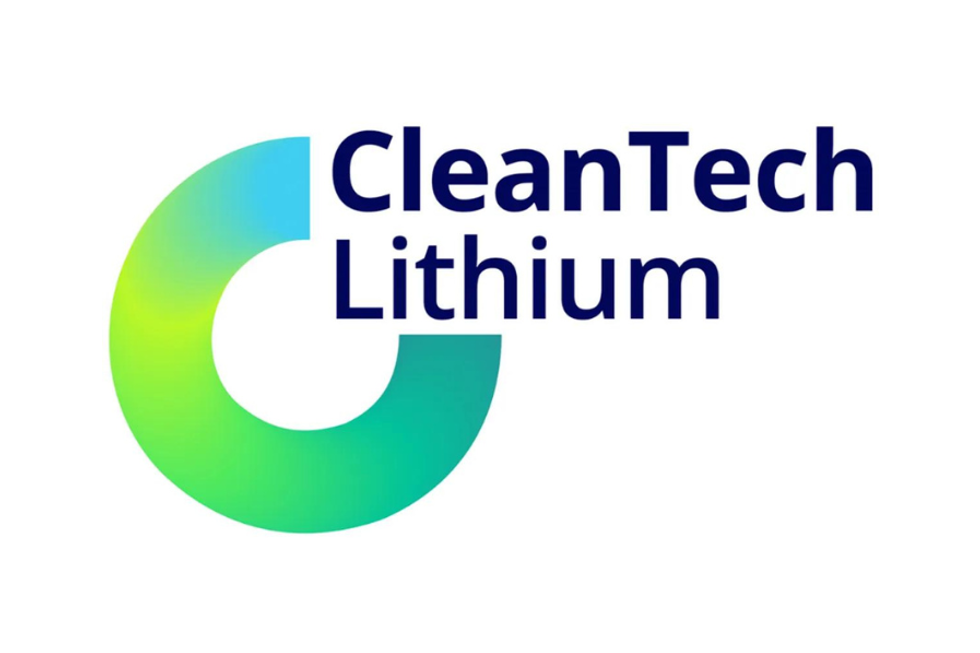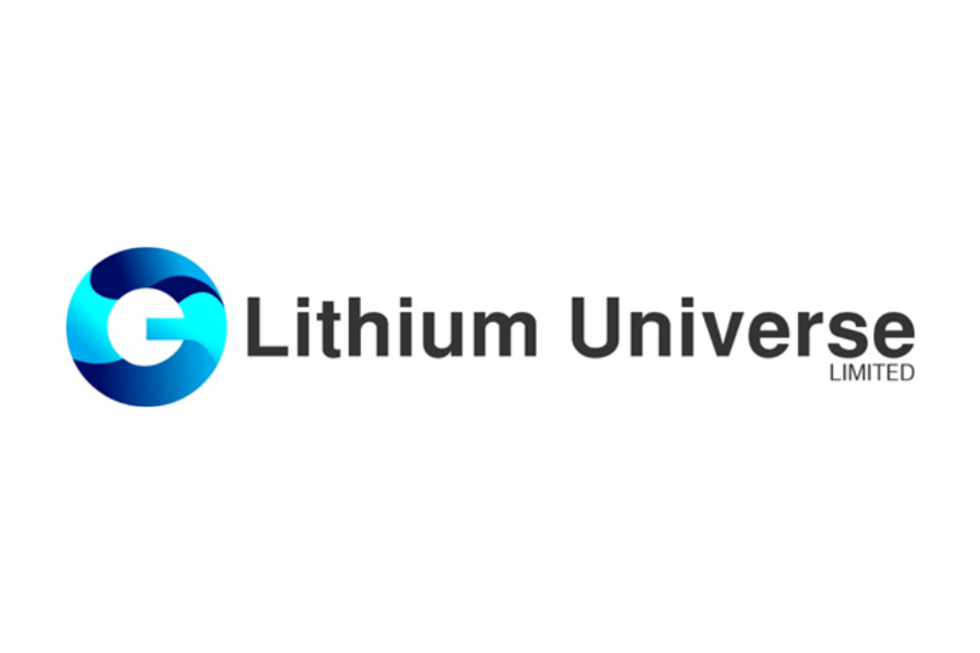Nemaska Ends Livent Lithium Supply Deal Following Financing Challenges

The agreement was for up to 8,000 tonnes per year of lithium carbonate starting in April 2019, for a total of 28,000 tonnes.
After last week’s tough financing shortfall news, Quebec-focused Nemaska Lithium (TSX:NMX,OTCQX:NMKEF) said on Tuesday (February 19) it had ended a multi-year lithium supply deal with producer Livent (NYSE:LTHM).
The agreement was for up to 8,000 tonnes per year of lithium carbonate starting in April 2019, for a total of 28,000 tonnes. Negotiations between the companies had been ongoing to amend the deal, which was originally signed in 2016.
According to Nemaska, the company had advised Livent that “it might have no option but to terminate the supply agreement and repay Livent the US$10 million payment plus a similar amount as a termination fee.”
Livent, which spun off FMC (NYSE:FMC) last October, has said it will resume arbitration, which was suspended during negotiations, and intends to “vigorously pursue its claims.”
For Eight Capital’s analysts, eliminating a lithium carbonate equivalent offtake could be beneficial for Nemaska from a cost scenario as it must be converted from lithium hydroxide production.
In addition, the spread between lithium carbonate prices, which currently sit at around US$12,000 per tonne, and lithium hydroxide prices, which are about US$16,000 per tonne, is something to consider as Nemaska would be selling a cheaper product.
“We view termination of the Livent supply agreement as positive,” Eight Capital analysts said in a note to clients.
“We don’t foresee difficulty in finding a buyer for the 8,000 tonnes, allowing Nemaska to sell at higher prices,” they said. “Having 25 percent of its production available suddenly makes room for a senior partner, which could help with the C$375 million financing pinch [Nemaska] finds itself in.”
For battery metals expert Chris Berry, founder of House Mountain Partners, the news is “unfortunate for Livent as they were depending on the 8,000 tonnes of offtake to execute their strategy around their expansion.”
Looking at how it impacts Nemaska, “it’s tough to say as the news seems to get worse for the company. I guess the knives are out,” he told the Investing News Network.
Aside from Livent, Nemaska has also secured agreements with LG Chem (KRX:051910), Johnson Matthey and Northvolt.
Last week, the company’s shares plummeted after it announced a financing shortfall for the development of its Whabouchi project in Quebec.
The company estimates another C$375 million will be required to complete construction and meet the drawdown conditions provided in the streaming deal with Orion Mine Finance and the senior secured bonds closed last year.
The extra money needed to complete development is largely related to installation and indirect costs, which are now being based on finalized agreements rather than estimates used for the technical report of the project.
Guy Bourassa, president and CEO of Nemaska Lithium, said at the time that the company’s objective “remains to close the required financing on time to stay on target to complete mine construction in October 2019, in order to make the first shipment of spodumene concentrate in December 2019, followed by the start-up of the Shawinigan facility the year after.”
Speaking about what this shortfall means for the new lithium projects coming online in the near future, most analysts agree it is another sign of future production challenges, something that is not new to lithium players.
“The process of being new lithium resources to market is difficult at both a raw material and chemical conversion level. [The market has] seen this in recent expansion efforts from the likes of (NYSE:SQM) and Albemarle (NYSE:ALB), so it’s likely development stage companies will run into similar delays,” Benchmark Mineral Intelligence Senior Analyst Andrew Miller told INN at the time.
For Berry, delays are a part of commissioning mining projects, but it’s almost impossible to forecast the extent of any delays or cost overruns for specific projects.
“I would assume that investors would start to demand higher rates of return on debt and equity given the challenges in funding lithium projects going forward,” he added.
Meanwhile, lithium expert Joe Lowry told INN,“Nemaska is another example of why the ‘tsunami of supply’ isn’t happening — producing LCEs on spreadsheets is easy. Reality is another matter.”
Looking ahead, the company said management will get on the road immediately to seek funds and plans another update by the end of February with potential financing options and cost re-assessment details.
The Whabouchi project is estimated to be the second richest and largest lithium deposit in the world. The company expects the spodumene concentrate produced at the future mine to be processed at the Shawinigan plant.
A 2018 feasibility study estimates Whabouchi will have a mine life of 33 years, with average annual production of 213,000 tonnes of concentrate to produce 23,000 tonnes of lithium hydroxide and 11,000 tonnes of lithium carbonate.
On Tuesday, shares of Nemaska were down 3.12 percent in Toronto. Year-to-date the company’s share price is down 56.16 percent. Similarly, Livent shares were down 1.40 percent, down more than 8 percent year-to-date.
Don’t forget to follow us @INN_Resource for real-time updates!
Securities Disclosure: I, Priscila Barrera, hold no direct investment interest in any company mentioned in this article.
Editorial Disclosure: Nemaska Lithium is a client of the Investing News Network. This article is not paid-for content.





